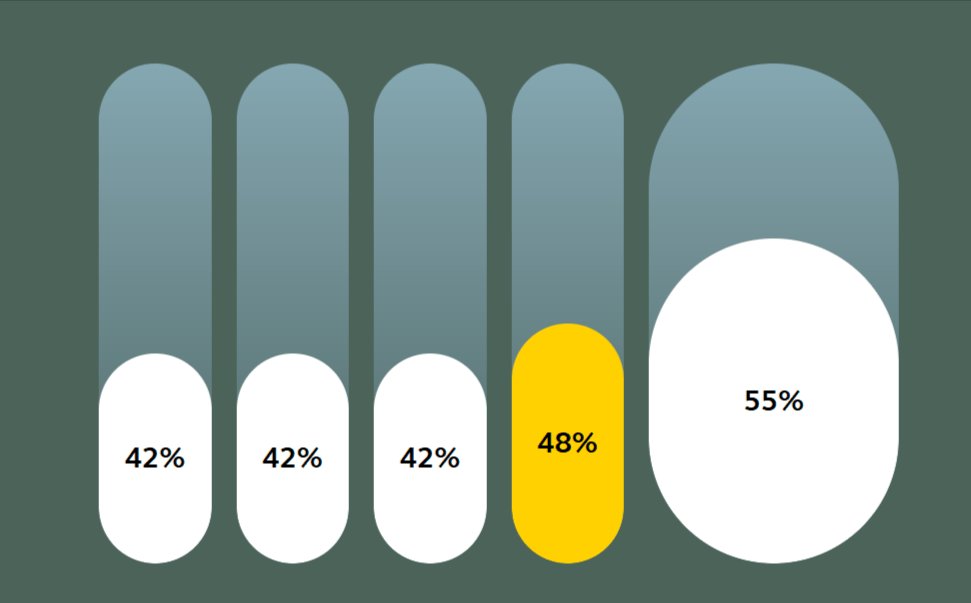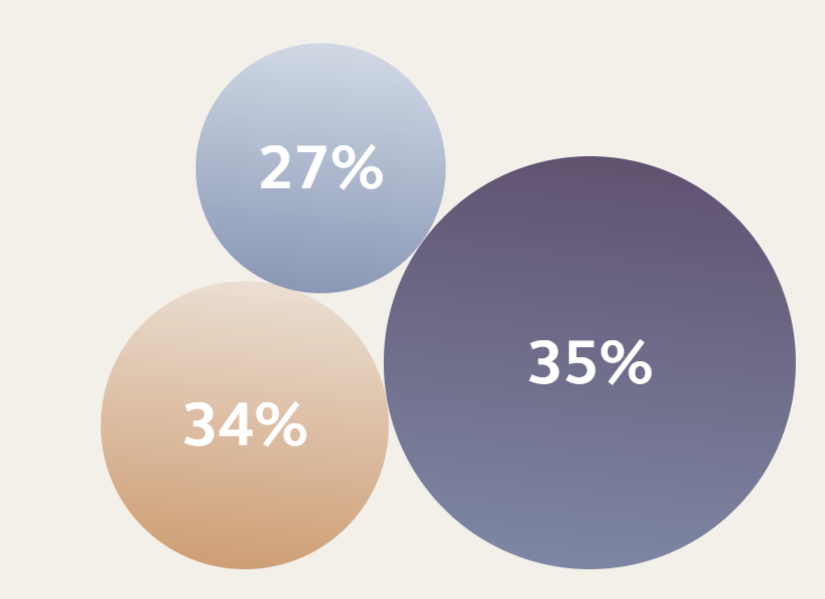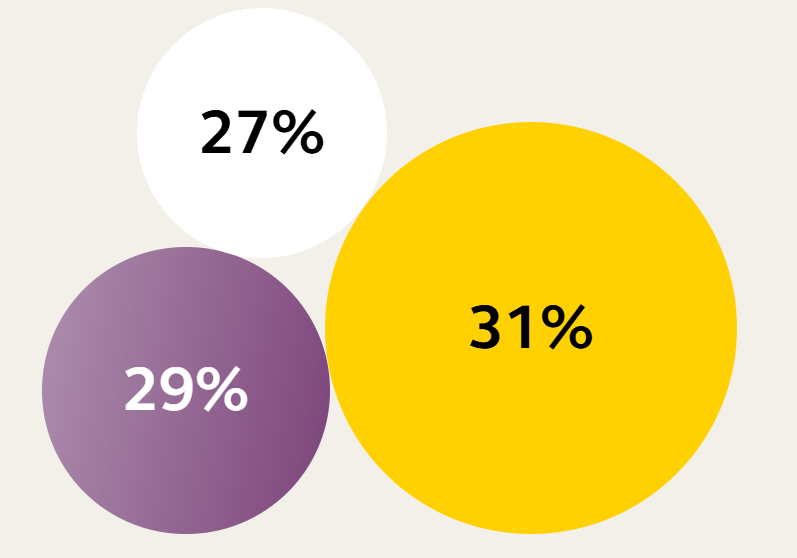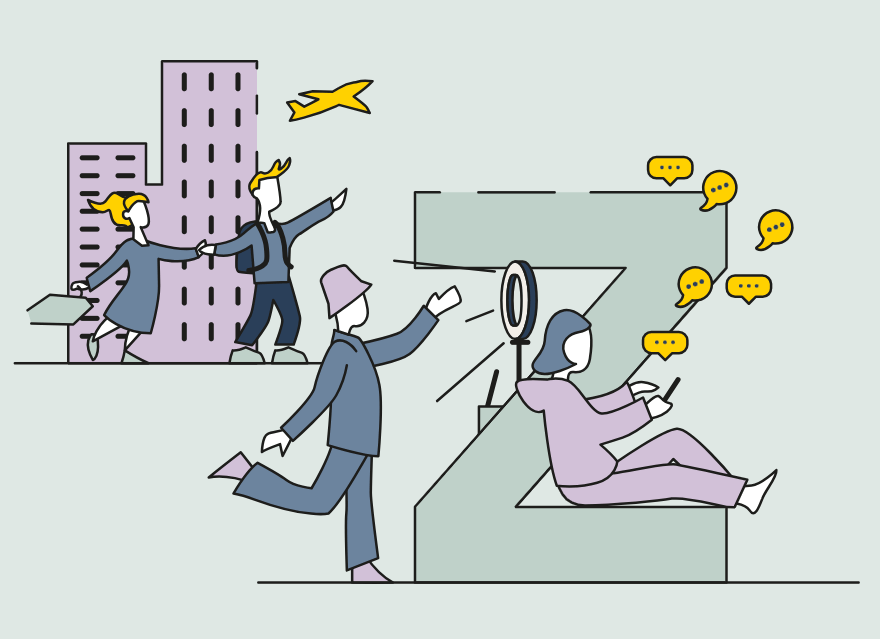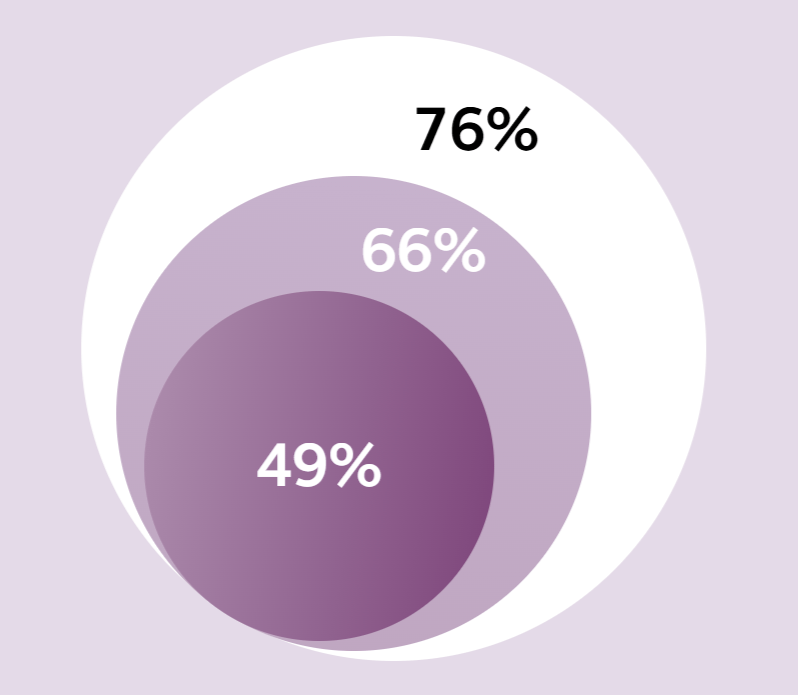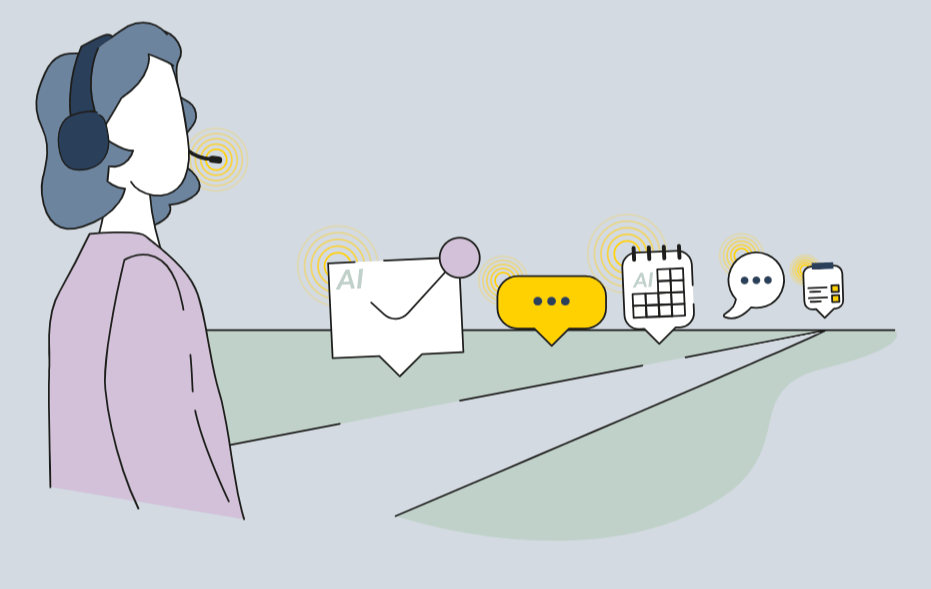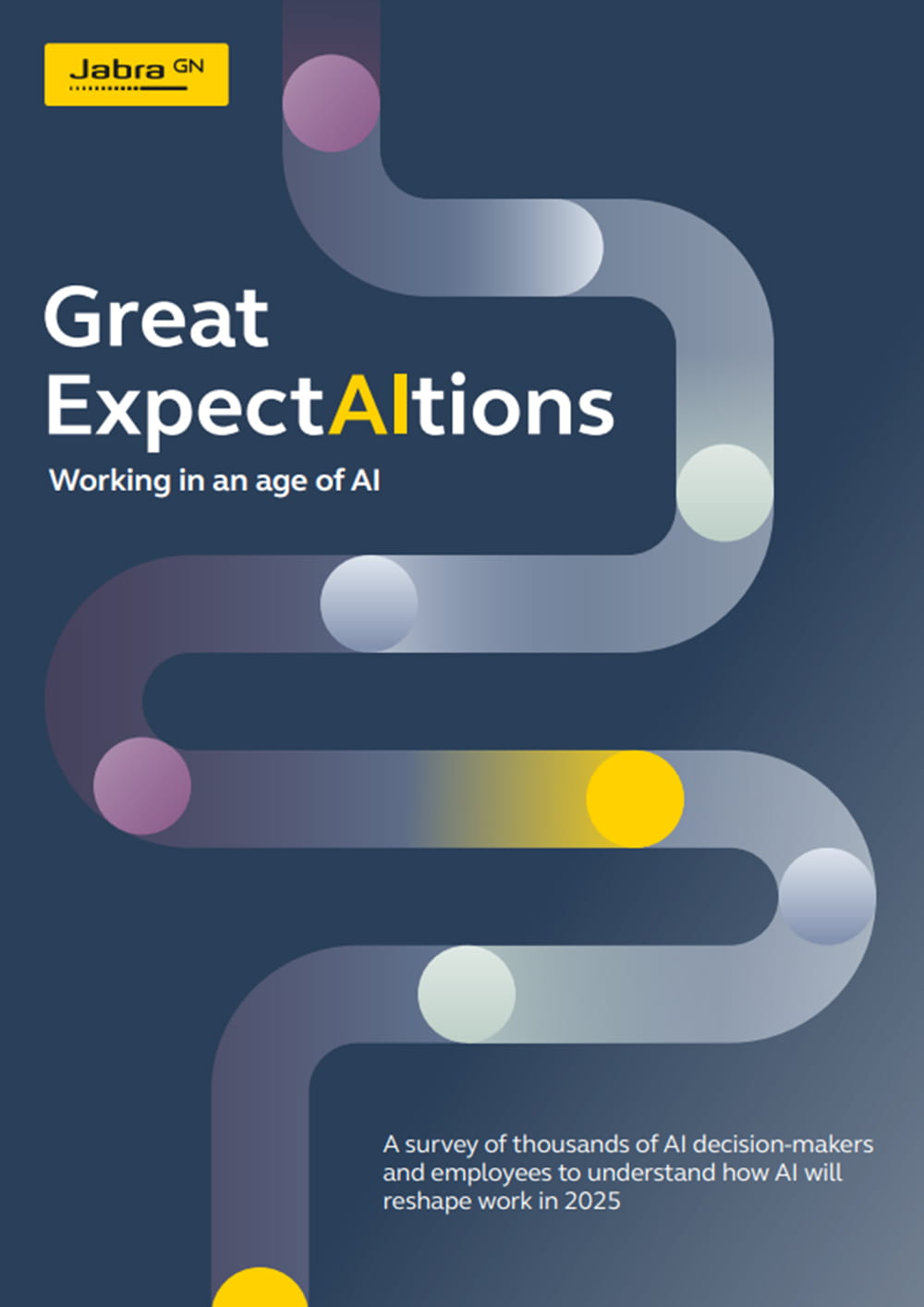85%
der Beschäftigten arbeiten in räumlich verteilten Teams*
53%
aller Meetings finden heute entweder vollständig online oder hybrid statt**
93%
der Beschäftigten arbeiten heute in irgendeiner Form remote***


.png?h=753&iar=0&w=988&hash=8DF6803154E98E7BBA5D61A696154FA1)
der Beschäftigten arbeiten in räumlich verteilten Teams*
aller Meetings finden heute entweder vollständig online oder hybrid statt**
der Beschäftigten arbeiten heute in irgendeiner Form remote***
.png?h=595&iar=0&w=985&hash=93E1CD3615593E41D1FA441710EF6068)
der Beschäftigten arbeiten in räumlich verteilten Teams*
aller Meetings finden heute entweder vollständig online oder hybrid statt**
der Beschäftigten arbeiten heute in irgendeiner Form remote***
.png?h=630&iar=0&w=798&hash=E771F33F205796D11F5C1C3C5BD4181D)
